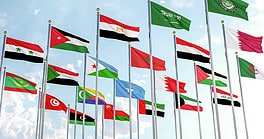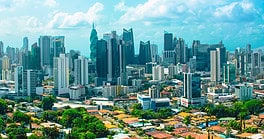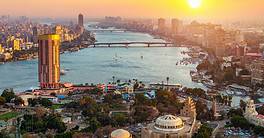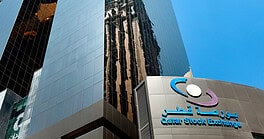Despite Covid-19 setbacks, Pakistan is reestablishing GDP growth.
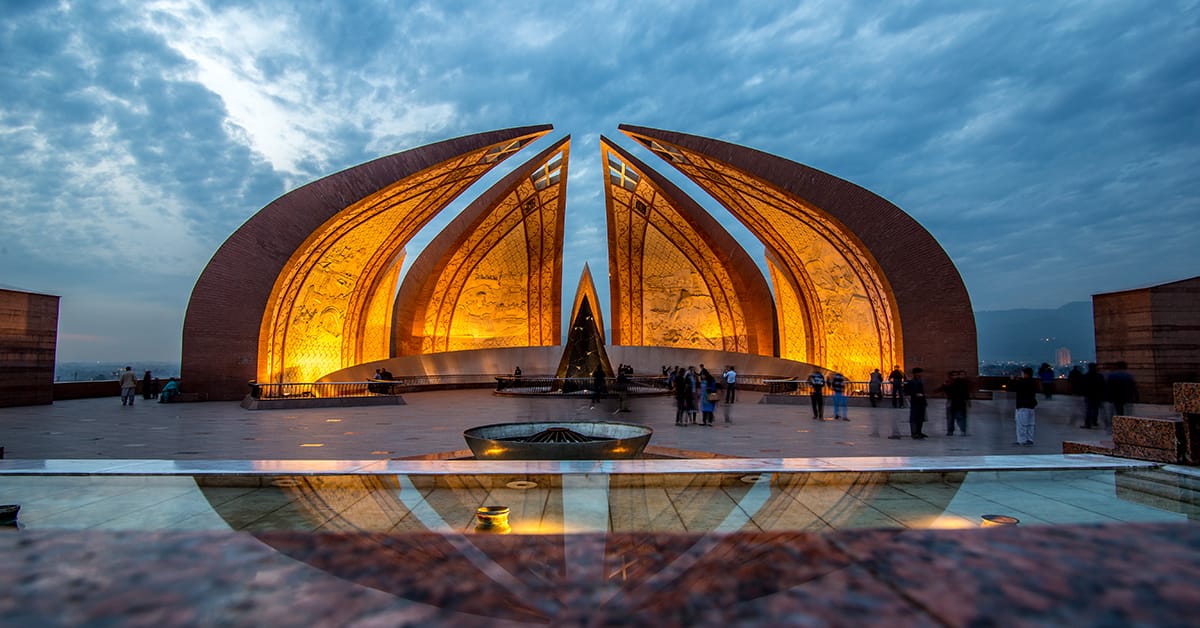
| VITAL STATISTICS |
| Location: South Asia |
| Neighbors: Iran, Afghanistan, China, India |
| Capital city: Islamabad |
| Population (2022): 235,877,803 |
| Official language: Urdu and English, though other languages are spoken by many |
| GDP per capita (2021): $346.3 billion |
| GDP growth (2021–2022): 6% |
| Inflation (2021): 9.5% |
| GDP per capita (2021): $1,537.90 |
| Currency: Pakistani rupee |
| Investment promotion agency: Board of Investment (BOI) |
| Investment incentives available: : Accelerated depreciation; tax loss carryforwards; no sales tax in some cases; incentives for renewable energy projects; special economic zones for export-oriented enterprises; foreign investors not required to use domestic content in goods or technology nor hire Pakistani nationals |
| Corruption Perceptions Index rank (2021): 140 |
| Political risk: Unstable government |
| Security risk: Frequent terrorist attacks; crimes that target foreigners and commercial establishments; high level of lawlessness in some states; Financial Action Task Force gray list for money-laundering and terror financing since 2018 |
| Pros |
|---|
| Close relationship with China |
| Inexpensive and skilled English-speaking workforce |
| High-end technologies in the banking and financial sectors |
| A growing Islamic finance market |
| Government plans further reforms to ease business operations |
|
CONS |
|---|
|
Terrorism and money laundering |
|
Import dependent |
|
Corruption and bureaucratic hurdles |
|
No government research and development incentives |
|
With some exceptions, no guarantees nor joint government financing for FDI projects |
|
Huge government debt |
Early in the pandemic, the World Health Organization lauded the Pakistani government for its response to more than 300,000 Covid-19 cases, saying it “could serve as an example for others to follow.”
The growth in cases has been leveling off, and Pakistan’s real GDP bounced back to $346.3 billion in 2021 from $320.9 billion in 2019 with a 2021 annual growth rate of 6%.
However, the country remains an untapped market. Pakistan is the fifth most populated country and has one of the top 10 largest labor forces globally. The country has vast mineral reserves that currently contribute only 2.5% to GDP growth. During the 2021-2022 fiscal year, production of many major extracted resources has shown growth: coal (8.3%), natural gas (3.5%), chromite (25.7%), crude oil (4.5%) and barium-sulfate minerals, or barytes (162.5%).
The present government is committed to making the country safe for foreign investors, such as offering foreign investors a credit equal to 100% of their investment if they invest at least 50 million rupees (about $209,600). The credit permits the foreign companies to repatriate their disinvestment proceeds to their foreign shareholders without the central bank’s prior approval. Special economic zones also provide business incentives and tax holidays.
Drawing Multinationals
As a result, many global companies have seized this opportunity, including Coca-Cola, Dell, KFC, Microsoft, Pizza Hut, Procter & Gamble, Standard Chartered, Toyota and Unilever. Nestle Pakistan, which established production in 1988, posted a 12.2% revenue growth for 2021 and plans to invest $130 million in 2022. A wave of joint ventures also has happend like the ones involving Tuwairqi Steel Mills (Saudi Arabia and South Korea), Parco (Abu Dhabi), Atlas Honda (Japan) and Royal FrieslandCampina (Netherlands).
Canadian firm Barrick Gold recently entered a partnership with Pakistan to develop the $10 billion Reko Diq copper-gold deposit, one of the world’s largest undeveloped open pit deposits.
“Pakistan has been identified as a long-term growth market where we see significant opportunities for both development of the local capital markets and attraction of foreign long-term capital,” says Ali Khalpey, CEO of EFG Hermes Frontier.
The China-Pakistan Economic Corridor, a $62 billion joint venture between China and Pakistan, will connect China’s Xinjiang province, with the port of Gwadar in Balochistan.
China, Pakistan’s largest investor, injected $333.5 million into the country during the first nine months of this financial year. The sum is 26% of total foreign direct investment. Meanwhile, other countries have made investments, like Hong Kong ($133 million), Switzerland ($119.8 million), the UAE ($100.8 million) and Singapore ($90.5 million).
The resumption of the $4 billion loan agreement with the International Monetary Fund will hedge the biggest downside risks, but it is no panacea. To bridge the financing gap, Pakistan is mulling additional loans from friendly countries and plans to sell state assets to foreign companies. Various austerity measures also will blunt growth over the coming year and hinder long-term structural adjustment.
Meanwhile, the IMF’s Executive Board completed its eighth and ninth review of its Extended Fund Facility for Pakistan, which opens the drawing equalivent of SDR 894 million (about$1.1 billion).
